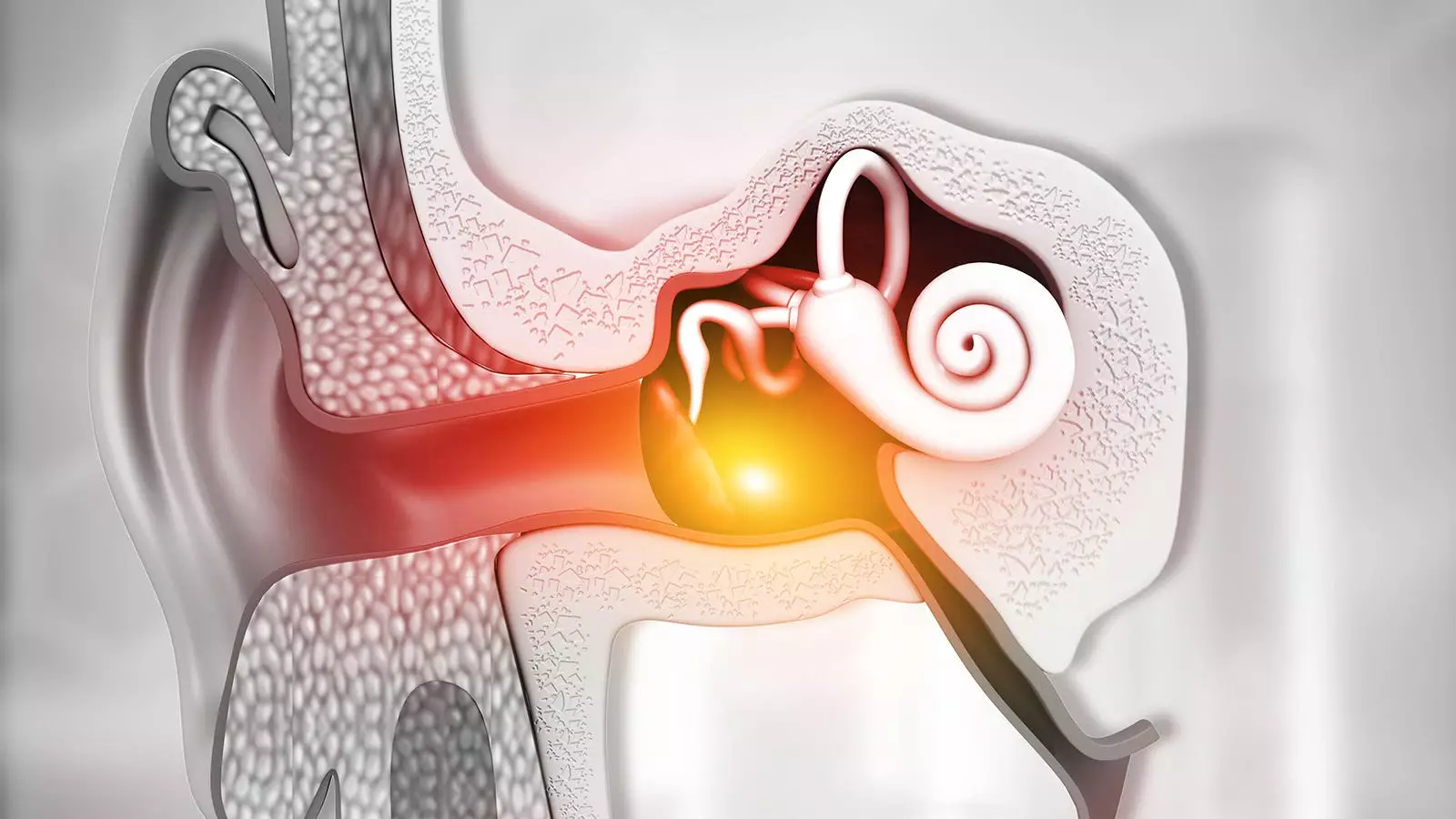The connection between hearing loss and the risk of developing Parkinson’s disease is emerging as a critical area of research within the medical community. Recently, an extensive study involving the medical histories of approximately 3.6 million U.S. military veterans has underscored the correlation between hearing deterioration and the onset of Parkinson’s disease. Lead researcher Dr. Lee Neilson and his team from Oregon Health & Science University have observed a striking, dose-dependent effect: the greater the severity of hearing loss, the higher the likelihood of developing Parkinson’s disease over time.
Over an average follow-up period of 7.6 years, the study conclusively demonstrated that individuals with any degree of hearing impairment showed an increased risk of developing Parkinson’s disease compared to those with normal hearing. This significant finding, published in JAMA Neurology, draws attention to the urgent need to consider hearing loss not merely as an isolated sensory issue but as a potential harbinger of neurodegenerative diseases.
The Severity Spectrum
What’s particularly compelling about this research is the examination of hearing loss across a spectrum. The study categorized participants’ hearing abilities into five distinct groups ranging from normal to severe-to-profound hearing loss. Results revealed a measurable increase in the number of incident Parkinson’s cases correlated with the escalating levels of hearing impairment. Specifically, participants with mild hearing loss experienced 6.1 additional cases of Parkinson’s, while those with moderate-to-severe hearing loss saw a staggering rise of 16.2 additional cases at the decade mark.
Dr. Neilson underlines this finding by emphasizing the importance of early detection and intervention. For instance, when veterans received hearing aids promptly following their initial audiograms, the incidence of Parkinson’s disease diminished markedly by 21.6 cases over ten years. This statistic suggests a possible preventive measure that could drastically alter the landscape of Parkinson’s disease progression.
Despite these compelling correlations, researchers admit that the exact mechanisms linking hearing loss to Parkinson’s disease remain inadequately understood. Neilson notes that while many risk factors for Parkinson’s have been identified, including loss of other senses, hearing impairment stands out because it is treatable. Unlike anosmia, which was previously identified as a risk factor, hearing loss can be effectively managed through tools like hearing aids, making timely intervention all the more essential.
Moreover, the impact of hearing aids appears to extend beyond simple auditory improvement. The study suggests that these devices could play a crucial role in reducing the risk of developing neurodegenerative conditions, perhaps by enhancing social interaction and cognitive engagement among users. As the ACHIEVE trial indicated in 2023, hearing aids may slow the progression of dementia in at-risk populations, reinforcing the argument for their adoption among individuals with hearing loss.
The findings of this large-scale study carry substantial implications for public health policy. Screening for hearing loss should not only be considered a routine check for older adults but should also be integrated into more extensive assessments aimed at evaluating neurodegenerative disease risks. Dr. Neilson states that approximately 462 individuals would need to be treated with hearing aids to safeguard one person against the impending development of Parkinson’s within a decade.
The urgency to act on these revelations is compelling. Given the current lack of curative treatments for Parkinson’s disease, preventive measures become paramount. This research advocates for a paradigm shift in how healthcare providers approach hearing loss — viewing it as a critical risk marker rather than a peripheral concern.
Limitations and Future Directions
While the study’s findings are groundbreaking, it is essential to recognize its limitations. The composition of the study population, primarily consisting of Caucasian male veterans, raises questions regarding the generalizability of the results. Additionally, potential confounding factors, such as exposure to ototoxic medications and varying lifestyles, were not fully explored. Nevertheless, the robust data set offers a compelling basis for further investigation into the causal pathways linking hearing loss and Parkinson’s disease.
Future research endeavors should aim to delineate the underlying mechanisms at play and evaluate the broader implications of these findings across different demographics. As awareness grows about the intertwined nature of sensory impairments and neurodegenerative diseases, a data-driven approach may pave the way for more effective public health strategies aimed at mitigating risks.
The compelling linkage between hearing loss and Parkinson’s disease urges an immediate response from the medical community, pushing for early screening and timely intervention amidst evolving understandings of health risks.


Leave a Reply